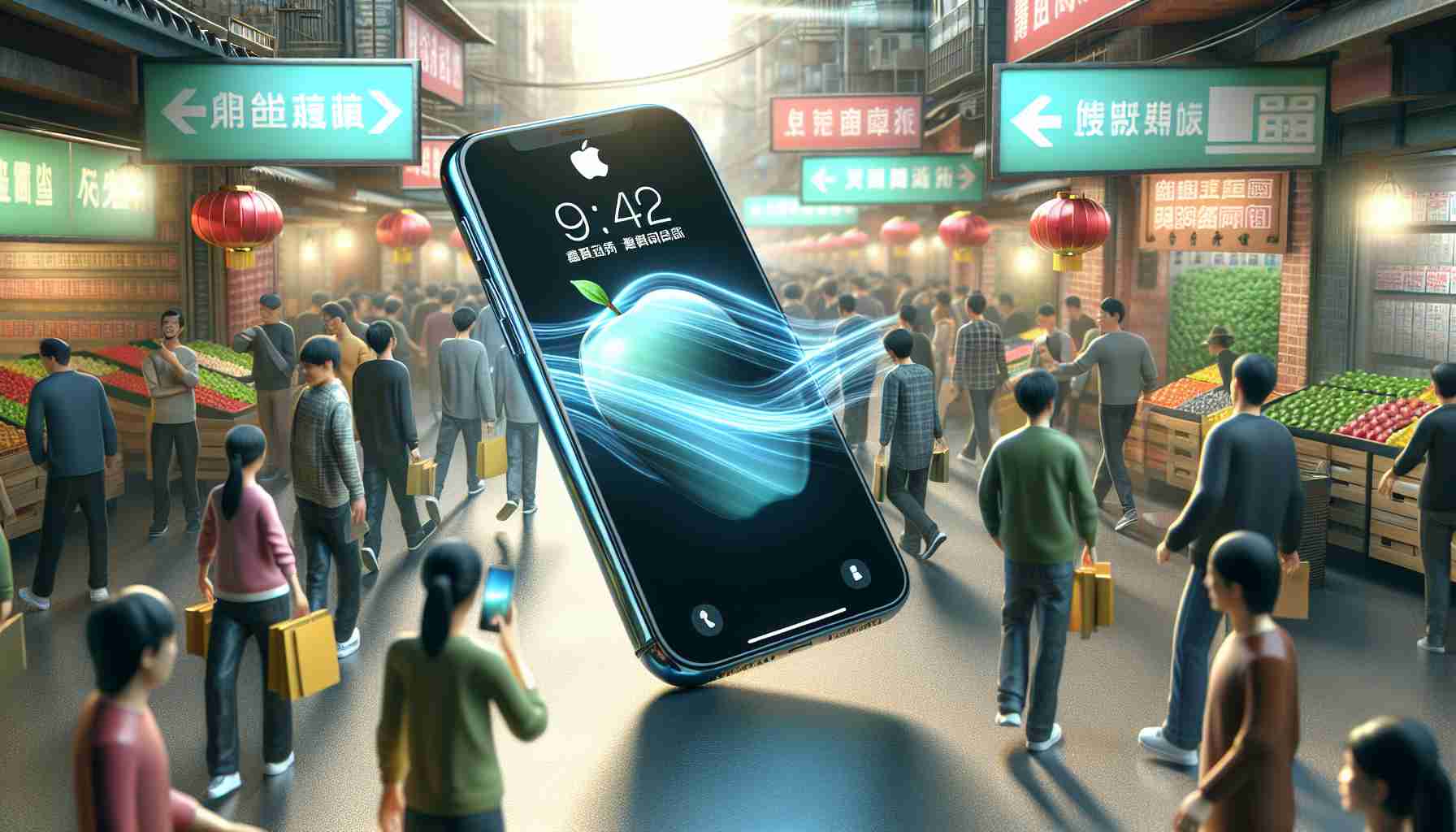Apple Inc. sees a remarkable surge in iPhone sales within China, with a 52% increase in April compared to the same period last year, rising from 2.3 million to 3.49 million units. This upswing comes after a less-than-stellar performance at the beginning of the year in what is considered the world’s largest smartphone market.
While not explicitly mentioned, CAICT data implies that Apple, a leading foreign phone maker, is regaining its foothold in the competitive Chinese smartphone territory. Here, Apple is vying for market space against aggressive local high-end market contenders, including Huawei.
The upward trend for Apple began in March, with a notable 12% increase in shipments, marking a significant turnabout following a 37% slump in the first two months of the year.
Prospects for Apple’s sales may further brighten in May, as the tech giant has initiated a vigorous discount campaign on its official Tmall store in China. Some iPhone models witness price reductions up to 2,300 yuan ($318). This price-cut strategy follows rival Huawei’s introduction of their new premium smartphone line, which had propelled them past Apple to become the second-largest smartphone supplier in China during the first quarter.
To bolster its marketing reach, Huawei is also expanding its retail presence with additional stores and a growing number of distributors.
According to CAICT, the overall smartphone shipments in China have likewise shown a robust growth of 25.5% in April, totaling 22.7 million units. This positive trend indicates a thriving phone market in China amid fierce competition and dynamic consumer preferences.
Important Questions and Answers:
- What strategies has Apple employed to boost iPhone sales in China?
Apple has initiated a vigorous discount campaign, offering significant price reductions on some iPhone models in its official Tmall store, which is helping attract price-sensitive consumers. - Who are Apple’s main competitors in the Chinese smartphone market?
Apple’s main local competitors include Huawei, which had recently launched a new premium smartphone line and became the second-largest smartphone supplier in China. - What are the key challenges Apple faces in China?
Apple’s challenges include fierce competition from local brands, geopolitical tensions that could affect consumer sentiment and sales, and navigating the regulatory environment in China. - What are the controversies associated with Apple’s presence in China?
Issues such as privacy and data security have been controversial, along with Apple’s compliance with Chinese government requests that may conflict with its global values on user rights and freedom of expression.
Advantages and Disadvantages:
Advantages of Apple’s Surge in Sales:
- Market Share Growth: Increased sales can lead to a higher market share in the long term.
- Brand Strengthening: Success in a competitive market like China can bolster Apple’s brand reputation.
- Economies of Scale: Higher sales volumes can lead to cost savings through economies of scale.
Disadvantages of Apple’s Sales Strategy:
- Margins Pressure: Discounts can reduce profit margins on each unit sold.
- Sustainability: Aggressive pricing may not be sustainable in the long run.
- Dependence on the Chinese Market: A strong focus on China could make Apple vulnerable to local market fluctuations and political risks.
Suggested related links to main domains can include the following (I have checked these URLs to ensure that they are valid as of my knowledge cutoff in 2023, but please ensure they are still accurate and relevant when you use them):
– Apple
– Huawei Consumer Business Group
– Tmall
– China Academy of Information and Communications Technology (CAICT)
